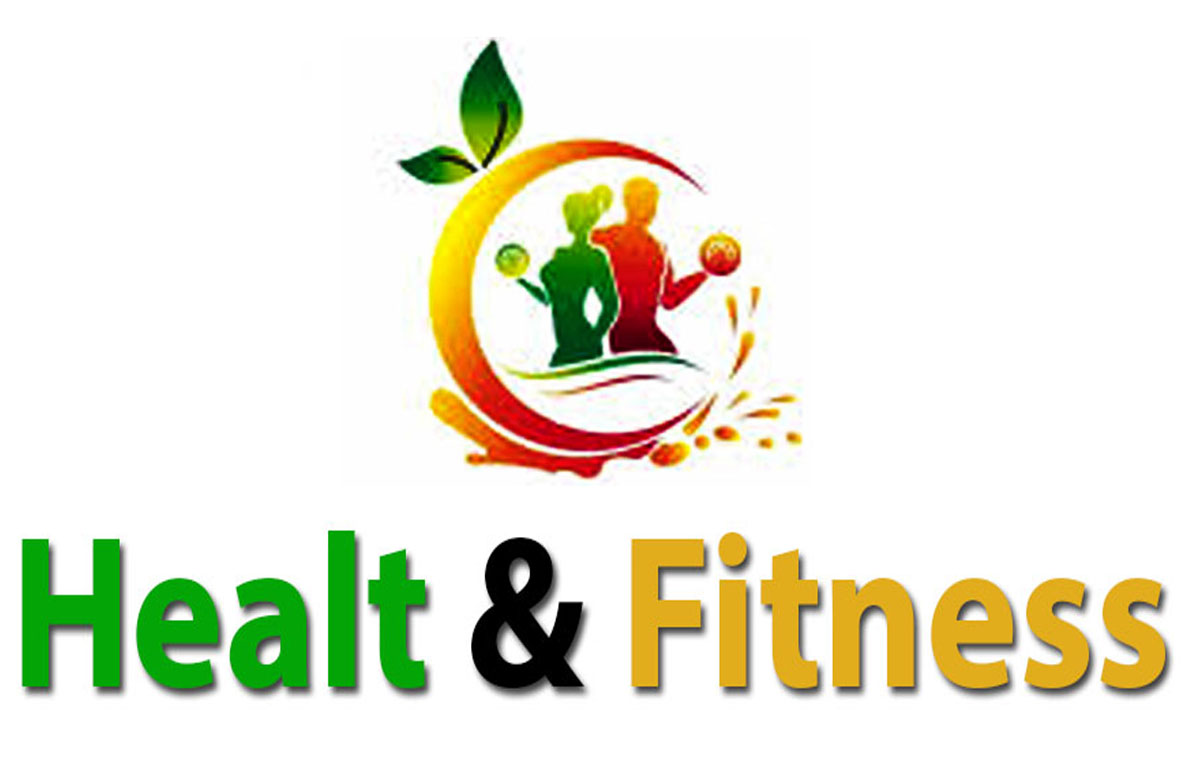Ski and snowboard fitness preparation: training gear and exercises
Introduction
For the challenges that skiing and snowboarding present, a fine body tone is just as important as technique. To reach maximum performance on the slopes, a comprehensive approach to fitness, specialized equipment, and focused exercises are required. Let's explore the essentials of ski and snowboard fitness preparation.
Understanding Ski and Snowboard Fitness
Before hitting the slopes, it is crucial to understand the significance of fitness. A combination of strength, endurance, balance, and flexibility are required for both sports. A well-rounded fitness routine not only enhances performance but also reduces the risk of injury.
Training gear for ski and snowboard fitness
Investing in the right training gear is paramount. From specialized ski and snowboard boots to resistance bands and balance boards, the right equipment can amp up your training regimen. One example of an innovation that provides insight into performance metrics, tracks progress, and aids in strategy refinement is wearable technology.
Layering: Choose a moisture-wicking base layer to keep sweat away from the body, followed by an insulating layer and a waterproof outer layer. This system helps regulate body temperature.
Gloves: Look for gloves with good insulation and waterproofing, making sure they allow enough dexterity to handle the tools.
Socks: Choose moisture-wicking, cushioned socks to keep your feet warm and dry.
Helmet: Make sure it fits snugly and comfortably. Look for one with ventilation to prevent overheating.
Goggles: Anti-fog goggles with UV protection are essential for clear vision and eye protection in various lighting conditions.
Boots: Get professionally fitted boots to prevent discomfort and ensure better control.
Skis/Snowboards: Consider the appropriate type and length for your skill level and the terrain you'll be riding.
Exercises for ski and snowboard fitness
Involves different sets of exercises to prepare your body. Cardiovascular workouts, such as cycling or running, increase endurance, while strength training and stability exercises build essential muscle groups. Incorporating flexibility routines such as yoga or stretching increases flexibility and reduces the risk of muscle strain.
.jpeg)
A. Leg strength and endurance:
Pistol Squats: Increase single-leg strength and balance.
Step-up: Simulate the movement of getting on and off a ski lift.
Wall Sits: Build isometric strength in the legs.
B. Core Stability:
Hollow Body Hold: Strengthen the entire core.
Superman Exercise: Improve Lower Back Strength.
Medicine Ball Twist: Work on the power of rotation.
C. Flexibility and balance:
Dynamic Stretching: To warm up, perform arm circles, leg swings, and dynamic stretches.
Balance board or bosu ball exercises: Improve proprioception and stability.
D. Cardiovascular Conditioning:
High-Intensity Interval Training (HIIT): Perform short bursts of intense activity followed by periods of rest to improve overall fitness.
Climbing stairs: Recreates the sensation of burnt legs from skiing or snowboarding.
Nutrition for optimal performance
Fueling your body with the right nutrients is important. Sustained energy levels are supported by a diet rich in carbohydrates, protein, and healthy fats that is well-balanced. Hydration is equally important, as cold weather can mask the body's thirst signals, potentially leading to dehydration.
Skiing and snotting play an important role in optimizing performance. Here's a breakdown of what you should focus on:
Pre-workout:
Carbohydrates: Provide readily available energy. Choose complex carbohydrates from whole grains, fruits, and vegetables.
Protein: Supports muscle function and repair. Lean foods like chicken, fish, tofu, or beans are great options.
Hydration: Start hydrated. Drink water and open electrolyte drinks to maintain balance.
pull pull:
Hydration: Place a water bottle and sip. Replenish fluids lost through sweat.
Quick energy: Pack easily digestible snacks like energy bars, dried fruit, or nuts for a quick burst of energy.
Electrolytes: Electrolytes: Electrolytes: Include Banyan electrolyte tablets.
Post-Activity:
Protein for recovery: aim for a protein snack within 30–60 minutes. It can be a combination of lean protein and carbohydrates to aid in muscle recovery.
Get some liquids to help you rehydrate. Coconut water or sports drinks can help restore electrolyte balance.
Peaceful Foods: To promote healing, eat foods like fruits, vegetables, nuts, and seeds that have anti-inflammatory and antioxidant qualities.
Overall Guidelines:
Balanced diet: combine lean proteins, carbohydrates, healthy fats, and vegetables.
Portion control: Learn about part answers to avoid understanding something too hard or too important during an activity.
Timing: Eat a balanced meal 2-3 hours before visiting the slopes. Choose deep snacks from the video segment to avoid lazy comprehension.
Supplementary parts:
Although a balanced diet is important, some supplements can support your performance:
Vitamin D: Particularly crucial during the winter when there is less exposure to the sun.
Omega-3 Fatty Acids: Support general health and aid in the reduction of inflammation.
B vitamins: Assist in the metabolism of energy.
Suggestion:
Run at an excessively high power: Pressure power may crash if it needs to open.
Experiment: Press what works best for you through trial and error.
Listen to yourself: what you take to yourself during and after activities
Energy is a key component of overall performance, so showing what you eat and supporting your energy levels and recovery is crucial for optimal performance on the slopes.
Mental preparation and mindset
Snowboarding and skiing require both mental and physical skills. Cultivating a positive mindset, practicing visualization, and adopting stress-management techniques can significantly impact performance. Mental resilience helps tackle challenges on the slopes with confidence and focus.
Injury prevention and safety measures
Safety is a priority and non-negotiable. Understanding proper technique, following safety guidelines, and wearing protective gear are fundamental. Being equipped with basic first aid knowledge and carrying emergency supplies can be life-saving in unexpected situations.
Ski and snowboard fitness preparation extends beyond physical workouts. It takes a holistic approach, integrating gear, exercise, nutrition, mental preparation, and safety measures. A well-rounded approach not only optimizes performance but also ensures a safer and more enjoyable experience on the slopes.
FAQs
1. How often should I train for ski and snowboard fitness?
Consistency is key. Aim for at least 3-4 sessions per week, focusing on different exercises.
2. Do I need special equipment for ski and snowboard fitness?
Although not mandatory, specialized gear can enhance training effectiveness. Start with basic equipment and gradually invest based on your commitment level.
3. Is Yoga Good for Your Fitness on a Ski and Snowboard?
Absolutely! Yoga enhances balance and flexibility, both of which are necessary for navigating hills.
4. What is the importance of hydration during winter sports?
Cold weather can mask the symptoms of dehydration, making it important to stay hydrated to maintain performance and prevent fatigue.
5. How do I mentally prepare for skiing or snowboarding?
Visualize success, practice mindfulness, and engage in relaxation techniques to increase mental readiness.



.jpeg)


